Peças Plásticas e Metálicas para Eletrônica
The world of consumer electronics is booming, thanks to folks always wanting the latest gadgets and tech getting better faster than ever. This growth isn't just good for the tech giants; it also means big things for the companies that make the plastic metal parts inside those shiny new devices.
Take a peek at what's hot in electronic components these days: plastic metal parts. These aren't your everyday materials; they're special blends designed to give electronics that extra edge in durability and performance. Here's why they're making waves:
All-in-One Solution Provider: Companies are now full-service providers when it comes to plastic metal parts. They don't just supply the materials; they design and manufacture them too, ensuring everything fits like a glove.
Prime Location: Being close to major hubs like Shenzhen Airport isn't just smart; it's strategic. It means quicker access for clients from all over the globe and smoother logistics for shipping out those finished parts.
Years of Know-How: With decades of experience under their belts, these manufacturers know their stuff. They've mastered the art of creating zero defects, thanks to strict process controls that leave no room for error.
Top-Notch Quality Control: Quality is king in this game. That's why these experts focus on total quality management and follow certified manufacturing processes to guarantee every part meets the highest standards.
Happy Clients, Happy Life: Easy accessibility from key locations like Shenzhen Airport makes life easier for both local and international clients. Plus, with delivery options by air or sea, getting those parts where they need to go is a breeze, boosting satisfaction and efficiency all around.
In a crowded market, standing out takes more than just good products; it takes a commitment to excellence and a knack for innovation. As the demand for high-quality electronic components keeps climbing, companies specializing in plastic metal parts will be at the heart of meeting this challenge head-on. Their expertise and efficient operations make them the go-to partners for businesses looking to elevate their tech game.
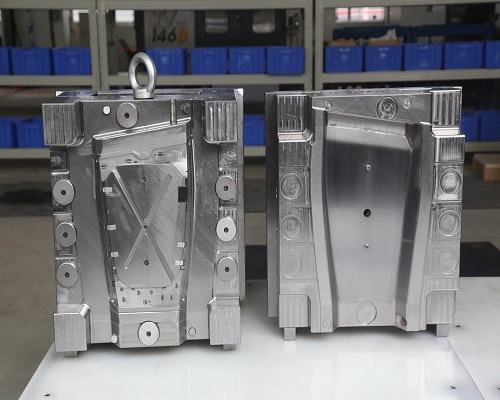
Molde para Eletrônica
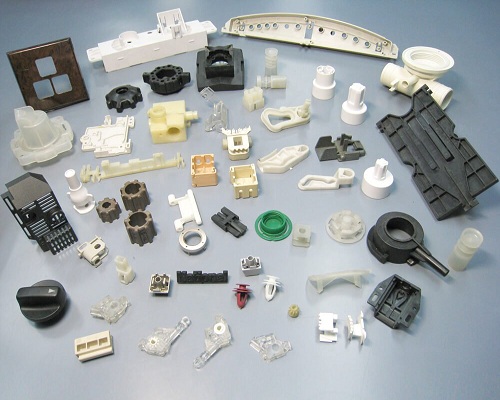
Molde para Eletrônica
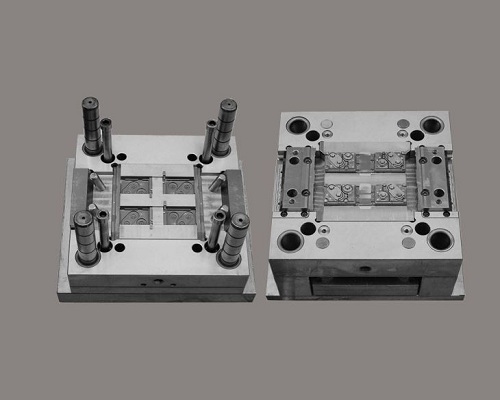
Molde para Eletrônica
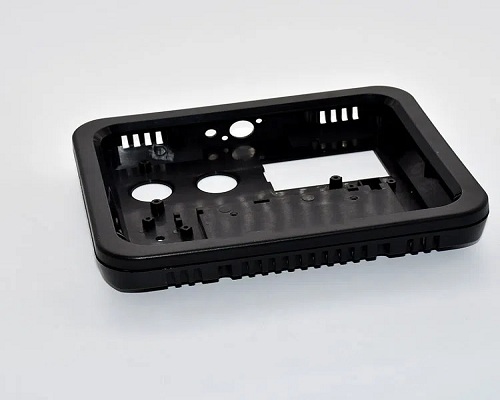
Molde para Eletrônica
Serviço de fabricação de peças plásticas e metálicas para eletrônica
Be good at product structure optimization and greatly reduce the cost of Plastic Metal Parts custom solutions
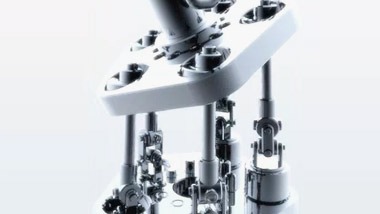
Design da peça
Design Estético e Estrutural
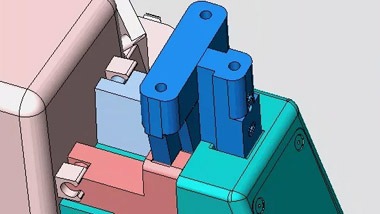
Fabricação de moldes
Design, Confirmação de Facilidade de Manufatura
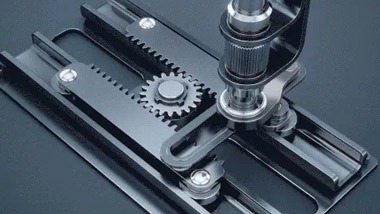
Produção de Produto
Imported, high-speed equipment
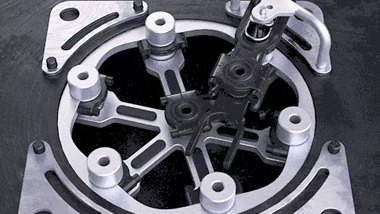
Montagem do Produto
Matéria-Prima, Inspeção e Montagem
As peças plásticas e metálicas são usadas na indústria eletrônica.
Plastic metal parts are super popular in lots of fields, especially the electronics world. Here's why: they help make all sorts of bits and bobs like cases, connectors, and other bits. Using these parts brings big pluses to the electronics game – think speedy production, saving cash, and top-notch quality every time.
First off, plastic metal parts get the job done fast and well. They whip up loads of components quickly, which is key in electronics where deadlines are tight and mass production is a must. Plus, they save money since the process is mostly automated, cutting down on labor costs. And you can use a mix of materials, picking what's best for the job and your wallet.
Consistency? Check. Each part pops out exactly as needed because the mold is made just for it. That's vital in electronics where even tiny slips can mess with how things work. And design flexibility? Plastic metal parts have got it in spades. Want something unique or need special features like click-ins or extra layers? No problem.
Sure, there are hurdles too. Rules around materials mean molds might get more complex and pricey. And with tech always changing, staying ahead means constantly tweaking and trying new stuff. But despite these bumps, plastic metal parts are here to stay. They make manufacturing electronic gadgets quicker, cheaper, and with room for creativity – perfect for an industry that's always evolving.
FAQ About Electronics Plastic Metal Parts
In the realm of electronics, manufacturers often turn to a variety of materials for their plastic and metal components. Plastics like ABS, polycarbonate, and nylon are popular choices due to their durability, lightweight nature, and ease of molding into complex shapes. Metals such as aluminum, stainless steel, and copper are favored for their excellent conductivity, strength, and heat dissipation properties. The selection of material depends on the specific requirements of the application, including factors like mechanical stress, thermal management, and electrical conductivity. By carefully choosing the right materials, engineers can ensure optimal performance and longevity of electronic devices.
Deciding between plastic and metal parts involves considering several key factors. Firstly, assess the mechanical requirements – does the part need to withstand high impact or heavy loads? Metals generally offer superior strength and durability in such scenarios. Secondly, think about weight – if portability is crucial, plastics might be the better option due to their lighter weight. Additionally, consider thermal properties; metals are typically better at dissipating heat, which can be vital for components that generate significant heat. Lastly, cost plays a role; plastics are often more economical to produce in large quantities. Balancing these aspects will help you make an informed decision tailored to your project's needs.
Absolutely, environmental considerations are increasingly important when selecting materials for electronic components. Plastics, while versatile and cost-effective, can pose challenges due to their non-biodegradable nature. Improper disposal can lead to long-term environmental pollution. However, many companies are now exploring eco-friendly alternatives like bioplastics, which are derived from renewable resources and break down more easily. Recycling programs for electronic waste are also becoming more prevalent, encouraging consumers to return old devices for proper handling. As an engineer, it's worth researching sustainable options and incorporating them into your designs whenever possible.
Metal enclosures bring several benefits to the table, particularly in terms of protection and performance. They provide robust shielding against electromagnetic interference (EMI), ensuring that sensitive electronics operate without disruption. Metals also excel in dissipating heat, which helps maintain optimal operating temperatures for internal components. Furthermore, they offer enhanced physical protection against impacts and harsh environmental conditions. While metal enclosures may add weight and cost compared to plastic ones, their durability and protective qualities often justify the investment, especially in applications where reliability and longevity are paramount.
Yes, plastic parts can indeed be recycled, though the process varies depending on the type of plastic. Typically, recycling begins with collection and sorting of plastic waste into categories based on polymer type. This sorted material is then cleaned and shredded into small pieces. Depending on the quality and intended use of the recycled plastic, it may undergo further processing such as melting and reforming into new products. Some advanced recycling techniques even enable the chemical breakdown of plastics into their basic monomers, allowing for the creation of completely new plastic materials. As a consumer or designer, supporting products made from recycled content and designing for recyclability can significantly contribute to reducing environmental impact.
Designing plastic parts to endure high temperatures requires careful material selection and thoughtful engineering. Opt for high-temperature resistant thermoplastics like PEI (polyetherimide) or PPS (polyphenylene sulfide), which can maintain their structural integrity under extreme heat. Incorporate features such as ribs, gussets, and thicker walls in areas prone to heat concentration to enhance thermal stability. Consider adding vents or air channels within the design to facilitate heat dissipation. It's also wise to conduct thermal analysis simulations during the design phase to predict hot spots and optimize the part's shape for improved heat distribution. By implementing these strategies, you can create plastic components that perform reliably even in challenging thermal environments.
To safeguard metal parts against corrosion, various surface treatments can be employed. Anodizing, for instance, creates a protective oxide layer on aluminum surfaces, enhancing its resistance to oxidation and wear. Plating with metals like zinc or nickel provides a sacrificial barrier that corrodes instead of the base metal. Painting or powder coating not only adds aesthetic appeal but also acts as a physical barrier against moisture and chemicals. For stainless steel, passivation treatment removes free iron and chromium from the surface, promoting the formation of a passive oxide film. Selecting the appropriate treatment depends on the specific environment in which the part will operate and the level of corrosion protection required.
Yes, there are indeed innovative composite materials that merge the best attributes of both plastic and metal, offering unique advantages for electronic applications. One example is metal-matrix composites (MMCs), where metal matrices are reinforced with ceramic or carbon fibers, providing exceptional strength-to-weight ratios along with improved thermal and electrical conductivity. Another intriguing option is polymer-matrix composites (PMCs), which incorporate metal particles or fibers within a plastic matrix, enhancing mechanical properties while maintaining the lightweight nature of plastics. These hybrid materials enable engineers to tailor component characteristics precisely to meet the demands of modern electronic devices, pushing the boundaries of performance and efficiency.
Ensuring compatibility between plastic and metal parts during assembly involves meticulous planning and testing. Start by selecting materials known for good adhesion or compatibility; some plastics naturally bond well with certain metals. Use compatible fasteners and adhesives designed specifically for the chosen materials. Conduct thorough testing of joints and connections under simulated operational conditions to verify their integrity and longevity. Consider factors like thermal expansion differences between materials, which could affect fit over time or temperature variations. Employ design features such as snap-fits, strategic use of inserts or bosses to facilitate secure attachment without compromising structural integrity. Collaboration with material suppliers and leveraging industry best practices can further aid in achieving seamless integration of compatibility.
The manufacturing process significantly influences the final properties and performance of electronic components made from plastic and metal. For plastics, factors like molding temperature, pressure, and cooling rates can affect the crystallinity, density, and mechanical strength of the成品. Metalworking processes such as casting, forging, or machining also impart distinct characteristics; for example, cold working can increase the hardness and tensile strength of metals through work hardening. Surface finishing techniques, whether anodizing, plating, or painting, not only protect against corrosion but can also alter friction, wear resistance, or electrical conductivity. Advanced manufacturing technologies like 3D printing allow for intricate geometries that traditional methods struggle with, enabling optimized designs with enhanced functionality. Understanding how each step in the manufacturing chain impacts material properties empowers engineers to fine-tune processes for desired outcomes.